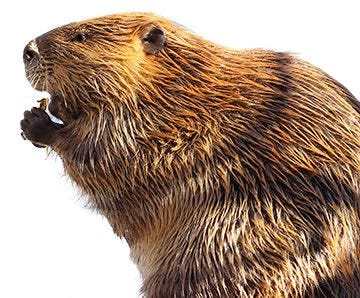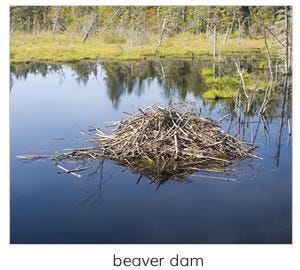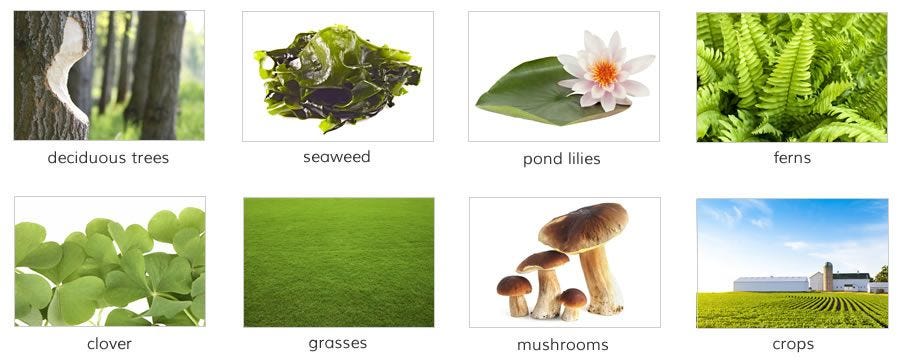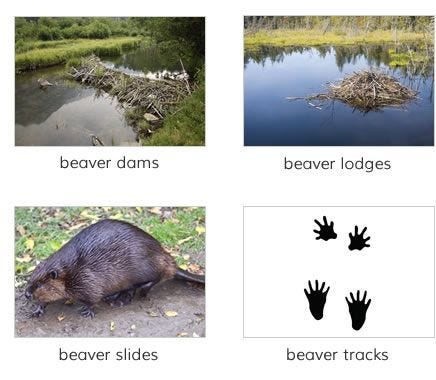





BEAVERS
Beaver Facts
Beavers are large, semi-aquatic rodents with an extraordinary ability to use their environment to create entire ecosystems. Learn about these fascinating animals below, where you'll find information on their geography, diet, behavior and more.

General Beaver Facts
- Scientific Name: Castor canadensis
- Average Size: 30-51" long (including 8-12" tail); 35-50 lbs.
- Average Lifespan in the Wild: 10 years
- Identifying Features: stocky body with dense brown fur; a blunt head with black eyes and ears on either side; flat, broad, scaly black tail; large, webbed hind feet.
Beaver Geography

North American beavers inhabit most of the continent, excluding Mexico and coastal regions of Florida and California. They are also found in Argentina, Russia and Finland.
Scattered throughout other parts of Europe and Asia is the Eurasian beaver - a very close relative of the North American beaver. These beavers differ slightly in physical appearance but live and behave quite similarly.
Beaver Habitat

Because of their unique ability to manipulate a landscape to create a suitable habitat, beavers can thrive in a variety of environments. Beavers might make their homes in natural habitats like ponds, marshes, rivers and wetlands or manmade ones like irrigation ditches and wells. Once they select a habitat in which to settle, beavers will construct intricate dams, lodges and canals to transform the territory into their ideal ecosystem.
Beaver Diet
Beavers are vegetarians with a strong preference for particular varieties of trees and woody plants. They feed on the leaves, twigs and inner bark (cambium) of trees. Their favorite trees are poplar and deciduous varieties. In addition to trees, beavers feed on herbaceous and aquatic plants, shrubs, roots and crops.
Some favorite foods include:

Beaver Behavior
- Activity: Beavers are nocturnal. Each night for about 12 hours, beavers are "busy" building and maintaining their habitat. Although they do not hibernate, beavers tend to be slightly less active in the cold of winter.
- Reproduction: At about 1.5 years of age, beavers begin to reproduce. Mating begins in late December, and gestation lasts about 128 days. Between March and June, a female beaver will give birth to 3 or 4 young.
- Feeding: Food is gathered up to 150 yards from the water's edge. Beavers often will use their strong, ever-growing teeth to cut down trees just to access the smaller branches, which they prefer. When dining on other vegetation, beavers clip plants at the roots.
- Social Behavior: A colony of beavers lives together within a home range spanning about 1/2 mile long. Beavers communicate using vocalizations, body language, scent marking and by slapping their tails against the water.
- Territory Marking: Beavers are territorial animals. They mark their territories by building piles of mud - or castor piles - on which they secrete an odorous substance called castoreum (or castor).
- Building: Beavers create their own ecosystems by constructing dams out of tree branches, sticks, logs, mud and vegetation. Dams serve many purposes. For example, they still running water, flood and maintain ideal water levels, protect beavers from predators and help irrigate/grow food.
Identify Beaver Damage

Beaver damage is usually a result of their cutting down trees, flooding, building dams and digging out bank dens. The habitats beavers create are typically very beneficial for other nearby wildlife, but this beaver behavior may also result in flooding of homes, irrigation systems and valuable trees.
Signs of beaver damage include:
- dams: extensive piles of branches, sticks, logs, mud and other vegetation along a waterway, blocking off water flow from one side to another
- beaver lodges: mound-shaped piles of branches, sticks, mud and other vegetation at or near the water's edge
- beaver slides: long trails of mud along which beavers travel back and forth between land and water; about 15-20” wide and perpendicular to the water's edge
- beaver tracks: smaller front feet with five fingers; larger back webbed feet; front and back often overlapping; thick tail mark in between right and left pairs.
Beavers and Disease
Although beavers are not major threats to humans, they can transmit illnesses like tularemia and giardiasis (beaver fever). Bacteria that cause tularemia and parasites that cause giardiasis are generally transmitted through direct contact with infected feces, drinking contaminated water and via fleas/ticks.
Fun Facts
- Beavers are the largest rodents in North America and the second largest in the world, behind the capybara - a species native to South America.
- The enamel of a beaver's front teeth wears away quicker than the rest of its teeth, maintaining a sharp edge that allows them to cut wood.
- Beavers gnaw on trees not only for nourishment but also to wear down their teeth, which never stop growing.
- A beaver's long, flat tail serves many uses. Beavers use their tails as rudders to steer in the water while swimming, to prop them up for balance when sitting, as leverage when carrying large branches and logs, and to slap the water as a warning signal.
- A single beaver may cut down as many as 200 trees in one year.
- Beavers have extra eyelids that allow them to see underwater while protecting their eyes.
